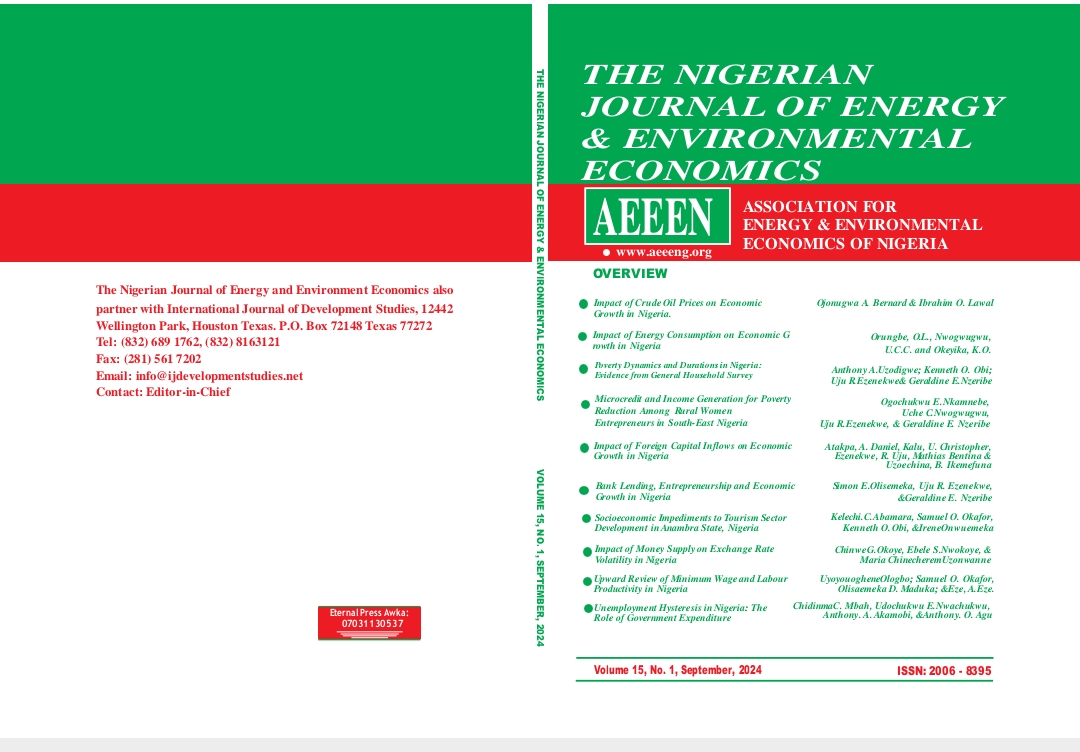POVERTY DYNAMICS AND DURATIONS IN NIGERIA: EVIDENCE FROM GENERAL HOUSEHOLD SURVEY
Keywords:
Poverty dynamics, durations, general household survey, NigeriaAbstract
Most of the existing poverty studies in Nigeria are static leading to the failure to capture three possibilities; namely poverty exit; poverty entry and poverty re-entry. Building on the argument that static poverty estimate drawn from independent cross-surveys tend to understate the extent of poverty and unable to provide information on individual poverty experiences across time and space. Hence, this study examined poverty dynamics and durations in Nigeria between 2010 and 2016, using the GHS panel data. The data consists of 4,455 households in three different periods (waves), giving a total of 13,365 observations. Three research questions were posed: how intensive is household poverty in Nigeria in the last decade? How long does it take for the poor to exit the poverty zone in Nigeria? Is household poverty in Nigeria static or dynamic? Using the spell-based method (SBM), the study finds that household poverty in Nigeria is high and intensive; with poverty headcount, poverty gap and poverty severity indices of 82.67%; 50.53%
and 35.6%, respectively; across the six geo-political zones, gender and place of residence. Second, if the income/expenditure of the currently poor households in Nigeria continue to grow at less than 10% it will take the poor more than 10 years to exit poverty. Third, more Nigerians are vulnerable to poverty, with a high entry rate (57.08%); low exit rate (8.97%), and possibility of re-entry (7.41%). Based on the findings of this study, we recommend among others that the government and relevant stakeholders should pursue rigorous intervention policies that will help reduce poverty, policy as social safety nets.


